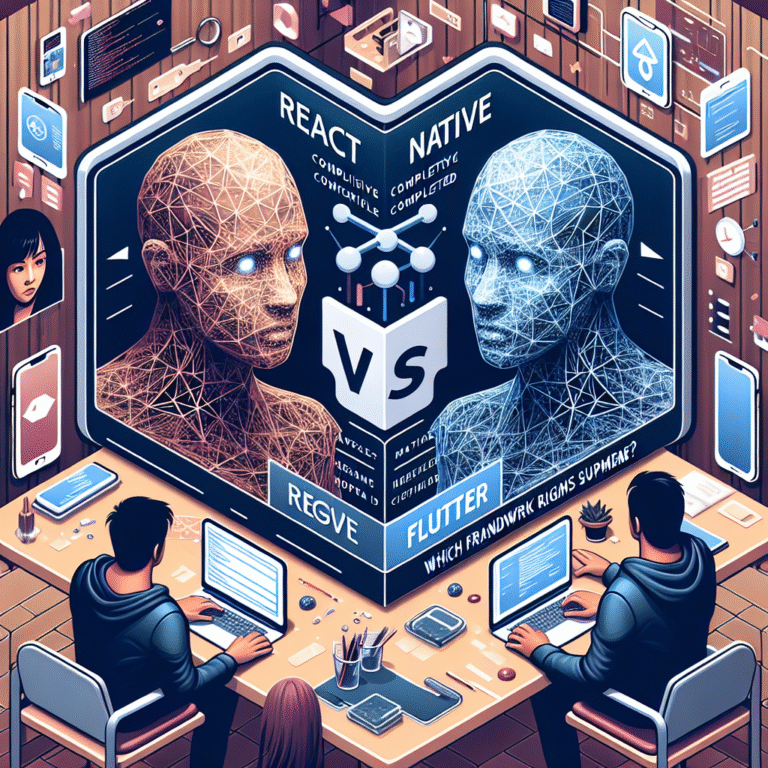
In recent years, Non-Fungible Tokens (NFTs) have taken the digital world by storm, revolutionizing the way we perceive and trade digital assets. These unique cryptographic tokens, built on blockchain technology, have become a game-changer in the art, entertainment, and gaming industries. In this article, we’ll delve into the world of NFTs, exploring their significance and the underlying blockchain technology that powers them.
Understanding NFTs:
NFTs are digital assets that represent ownership or proof of authenticity of a unique item or piece of content, such as digital art, music, videos, or virtual real estate. Unlike cryptocurrencies such as Bitcoin or Ethereum, NFTs are indivisible and cannot be exchanged on a one-to-one basis. Each NFT is distinct, carrying metadata that verifies its uniqueness and ownership.
Blockchain Technology: The Backbone of NFTs:
Blockchain, the technology behind cryptocurrencies, serves as the foundation for NFTs. Blockchain is a decentralized and distributed ledger that records transactions across a network of computers. This ensures transparency, security, and immutability, making it an ideal platform for creating and trading NFTs. The most commonly used blockchain for NFTs is Ethereum, thanks to its smart contract capabilities.
Smart Contracts: The Engine of NFTs:
Smart contracts are self-executing contracts with the terms of the agreement directly written into code. In the context of NFTs, smart contracts automate the creation, transfer, and validation of these digital assets. They include details such as the owner’s address, the asset’s metadata, and rules for transferring ownership. Smart contracts eliminate the need for intermediaries, streamlining the process and reducing the risk of fraud.
Unlocking the Power of NFTs and Blockchain:
- NFTs and Blockchain Technology: Dive into the significance of NFTs and how blockchain technology enhances security and authenticity in the digital realm.
- Decentralization and Transparency: Highlight the benefits of decentralization and transparency brought by blockchain, ensuring users can trust the origin and ownership of NFTs.
- Ethereum and Smart Contracts: Discuss Ethereum’s role in the NFT space, emphasizing the importance of smart contracts in automating transactions and validating ownership.
- NFT Use Cases: Explore the diverse applications of NFTs, from digital art and music to virtual real estate and in-game assets, showcasing the versatility of blockchain technology.
- Future Trends: Conclude by discussing the potential future trends in the NFT space and how blockchain technology may continue to evolve, impacting various industries.
In conclusion, NFTs powered by blockchain technology have opened up new possibilities in the digital landscape. With decentralized and transparent transactions, facilitated by smart contracts, NFTs are reshaping the way we create, own, and trade digital assets, ushering in a new era of authenticity and innovation.




